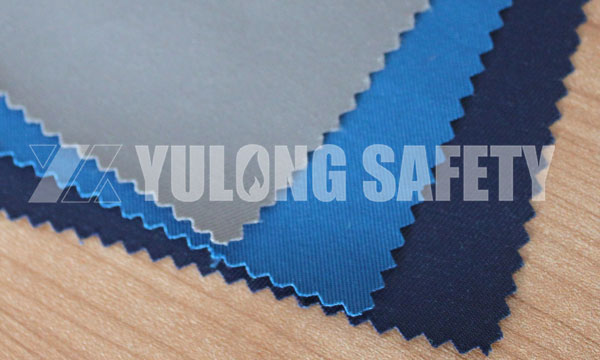


Test strains including bacteria and fungi. People in antibacterial performance evaluation, the choice of strains must be scientific and representative. In bacteria mainly use the Gram positive bacteria (staphylococcus aureus, giant of bacillus coli, bacillus subtilis) and Gram-negative bacteria (escherichia coli, pseudomonas fluorescens single cell bacteria); In fungal Mainly used mold (aspergillus Niger, aspergillus flavus, aspergillus, orange penicillium, trichoderma viride, green ball shell mould, MAO WanShi intends to mould penicillium, la leaf bud branch) and Ringworm (gypsum sample versicolor bacterium, red purple tinea versicolor bacterium, fungus, rust-colored microspore bacteria, spore bacteria, candida albicans).
Staphylococcus aureus is a spore bacteria and most resistant bacterial pathogens, can be used as a representative of gram-positive bacteria. Huge of bacillus coli is a common pathogenic bacteria in spore bacteria; Bacillus subtilis forms of bacillus, resistance is strong, can be used as a representative of spore bacteria. E. coli were distributed widely, which has been as a representative strains of gram-negative bacteria usually used in all kinds of test. Aspergillus flavus, MAO spherical shell mould as stipulated by the anti-mold experiment with bacteria, has been listed in China national standard (GB2423.16-81), some other choice of mould, is erosion textiles or a common mold of polymer materials. Candida albicans is human body skin mucous membrane of the conditions of the common pathogenic fungi, sensitivity to drugs, has the characteristics of fungi, bacteria colonies like and different from bacteria rather than mold for a bacterial colony, easy to count observation, often as a representative of the fungus.
To assess whether antibacterial textiles has broad-spectrum antibacterial effect, more reasonable choice is according to certain proportion, there will be a representative of the mixed bacteria strains used in the detection. At present most of the antibacterial properties of antibacterial products, often only choose staphylococcus aureus, escherichia coli and candida albicans respectively as Gram-positive bacteria and Gram-negative bacteria and fungi. But in fact, only use the antibacterial properties of two kinds of bacteria to represent fabric is not enough.
In addition, because of most fungi number counting colonies, as a result, textiles antifungal performance evaluation mainly through the observation of sample after contact with fungi, in a certain temperature and humidity conditions, after a certain time and the growth of fungus on the sample situation to assess, for fungal growth degree of evaluation, is the British standard BS6085-81 for rating.
PREVIOUS POSTHow to Test The FR Property of FR Welder Garment in EN11611?
PREVIOUS POSTWhat is Functional Textile?